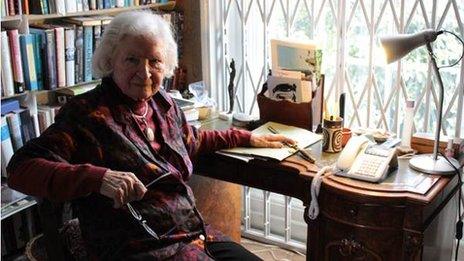Top 10 tips for being a successful interior designer
- Published
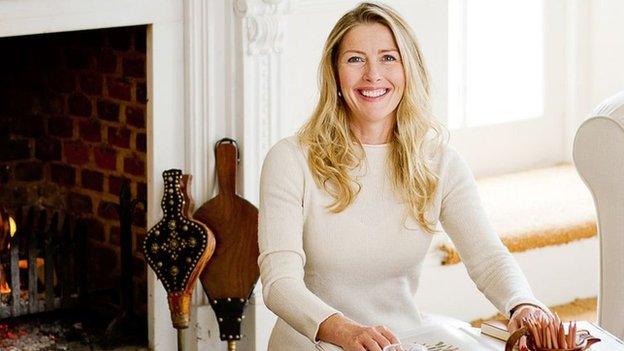
Sophie Conran's fascination with interiors began with her dolls' house
Sophie Conran, the award-winning English interior designer, is the daughter of designer and restaurateur Sir Terence Conran and the sister of fashion designer Jasper Conran.
She says it sometimes feels like design has become part of her DNA.
Here are her top 10 tips for being an interior designer.
1. Start young and see what excites you
I had a dolls' house as a child. I decorated it, furnished it and even put wallpaper up, so I sort of started interior design at quite a young age for some small, inanimate clients!
We moved home when I was about eight years old. My parents bought a dilapidated old school and then spent the next few years doing it up. We basically lived on a building site, and I got to see the whole thing stripped back to the bare bones. I found it really exciting and I think that experience probably sparked my initial interest in interior design.
2.Believe in yourself
I left school after my O-levels, and then I did a year of retakes because I did so badly. It is so important to believe in yourself, and tell yourself that it is going to be ok.
I failed at school and not going to university meant that I wasn't particularly confident when I started out and I didn't feel great about myself then. I was quite badly dyslexic and everything was a bit of a struggle, apart from the arts. Reading, writing and spelling were all a bit tricky.
I always loved designing things. With anything in life that you want to do, if it interests you and you spend enough time doing it, you will learn it. You just have to care enough about it to try.
3. Practise your maths, it's not all choosing lovely curtains
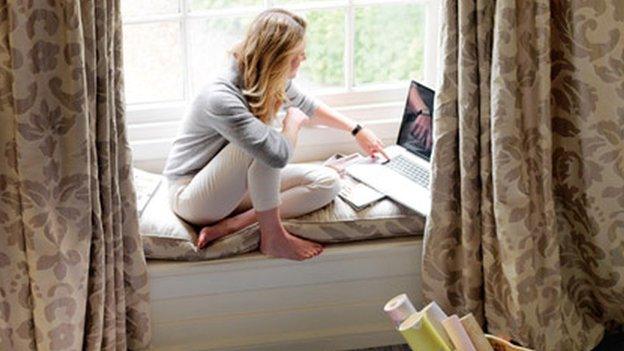
Conran is keen for budding designers to grapple with maths as part of the job
I think it is very competitive now. I would always encourage people to stay in education for as long as they can, really. I think it shows staying power, demonstrates a certain seriousness about things and allows you to get your thoughts in order. Even though I didn't do it, I do think it's a good thing.
Getting some sort of grounding in architectural interior design is a very good thing to do. You need to learn to do things like scale drawings and maths is very important too. It's not all choosing lovely curtains and fabrics!
4. Consider an internship
When I left school, I became an apprentice milliner - I really wanted to make hats at the time. Looking back, it was a great thing to do because it is so important to learn a skill, to work with a team and to understand seasonality.
I would totally encourage people to go for internships. They give you an experience of the industry that you want to be in and allow you to find out if it is the right one for you. It means that you start from the bottom and you get access to amazing talent in the real world.
I'm very lucky to work in a field that I really enjoy, but I wouldn't take on a job that I felt was going to be unpleasant or difficult. I think it's important to work with people that you get on with and that you can see eye to eye with.
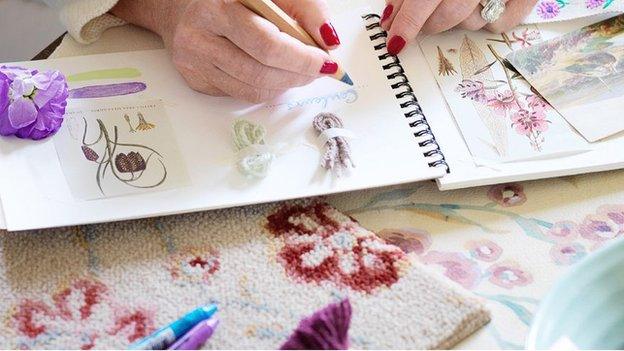
She says it is good to make mistakes you can learn from
5. Don't blow the budget
You don't need to spend a lot of money to make a room look and feel good. Time frames and budget constraints are probably the most difficult thing to manage about the job. People don't want to spend too much money and if you go over budget, then people understandably get upset.
I'll make suggestions and put together a mood board using images from books and magazines. Try and get all your ideas in one place visually, from bits of fabric to tiles to floor finishes, put all the bits you might want to use together and see if they work together on paper, that is always a good place to start.
6.Be brave
A long time ago, when I first had my flat in London, I painted my sitting room yellow and blue. I thought it would be a good idea, but it wasn't and it was hideous! I was 20 years old, I was brave and I thought this could work, this could be fabulous.
It didn't and it wasn't, but some of the other things I tried did - and I think it's important to be brave. When you're spending someone else's money steer clear of something you think might be a mistake, but do try and be brave. Otherwise we'd all live in a very grey world, wouldn't we!
7.Don't aim for perfection
Things don't have to be perfect to be beautiful. If you go into a room and it's all perfect, you don't feel comfortable. A home interior is not an abstract thing, it is about people, it's about the way you feel, the way you interact. It's about family and friends, it's the backdrop to your life.
We used to drive down to France every summer when we were kids and my Mum would stop off in Limoges, which is famous for porcelain. She would always insist on buying seconds from the factory shop. They were all wobbly and bent because they had been misfired, but to me they were beautiful and filled with character.
That was a big part of what inspired me to create the Portmeirion collection. If things are too perfect then it is without character, it's not good to be too precious about something. The more you strive for perfection, the more it disappears. Don't aim for perfection, try to create a relaxed environment, that's what I think is important.
8.Look for inspiration in everything and get to know your clients
I get my inspiration from all over the place; books, magazines, the internet, shops and my relatives of course! It is like being in a family of doctors sometimes, we spend a lot of time together and are inspired by similar things so we do talk about our work with each other.
Our enthusiasm can be slightly contagious I think, and it sometimes feels like design has sort of become part of our DNA, but everyone in the family has been incredibly supportive of me and encouraging and it's lovely.
Thinking about how a room is going to make you feel is essential. That is what good interior design does. It's about creating an atmosphere. You absolutely have to know something about the people you are designing a space for. You need to find out about the way they lead their life, which rooms they use the most and you must always consider form and function.
9. Take your time with colour and lighting
When it comes to making decisions about colour, my advice is to do it slowly. Try colours on a small area of the walls you want to paint and look at them at different times of day. It's about instinct and how it makes you feel again. Always try things before you make any final decisions.
Lighting is also essential because it's all to do with mood. I like to have lots of different light sources, low level lighting as well as ceiling lights and I like to have quite a lot of control over them as well, with lots of different switches and dimmers.
The functionality and the atmosphere are the most important things to get right. The fabrics, the floor coverings, the furniture the lighting are the tools that you use to create that. Don't make rushed decisions if you can help it, apply a process of elimination approach if you can. The more you do it, the more confident you will become in your decision making.
10. Be empathetic and think about how a room makes you feel
You've got to be able to empathise with your client. Being an interior designer can mean lots of things, there's a little bit of being a nanny in there, a little bit of psychology and lots of empathy.
When you have designed a space or an object or anything really and the client loves it, that is why I do what I do. That is the best feeling and the best thing about the job. If you create something and you put it out there and you know that somebody else is genuinely thrilled with it, then that is your reward and there is no better feeling!
- Published11 October 2014

- Published4 October 2014
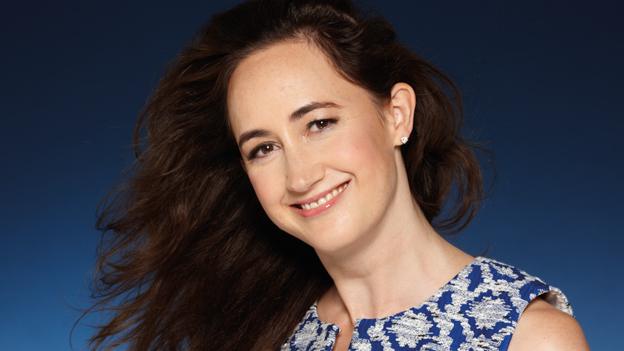
- Published10 May 2014
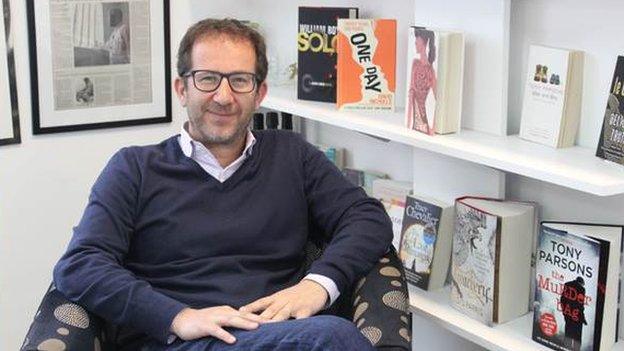
- Published17 May 2014
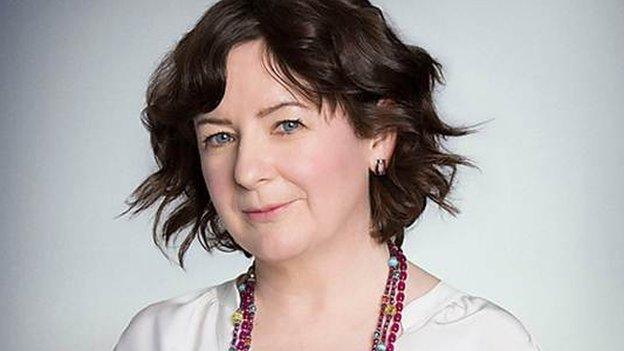
- Published9 November 2013
